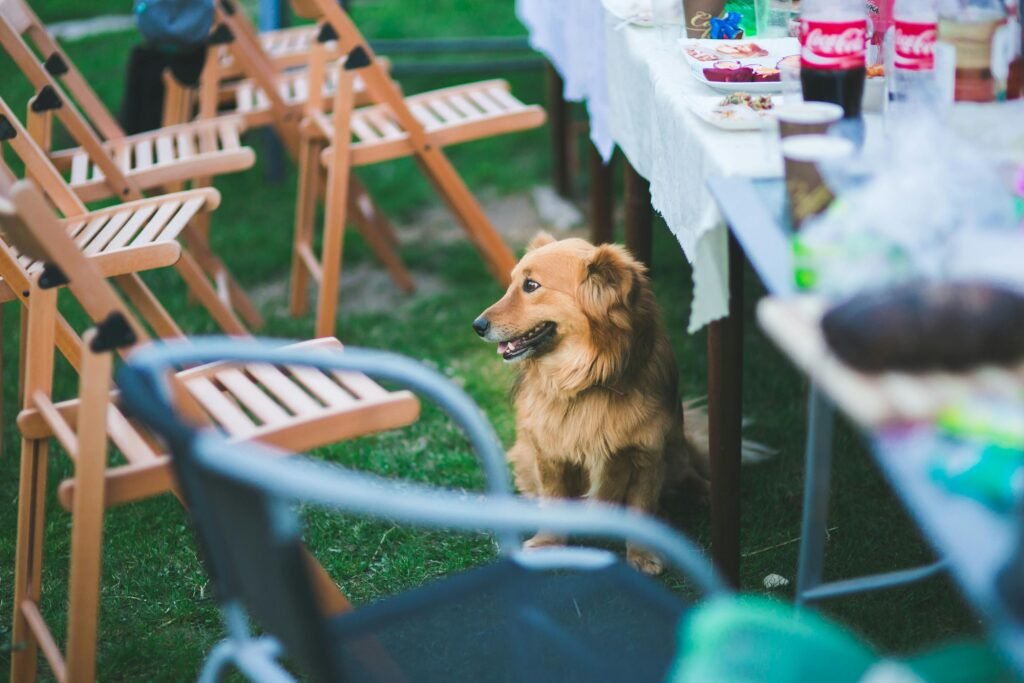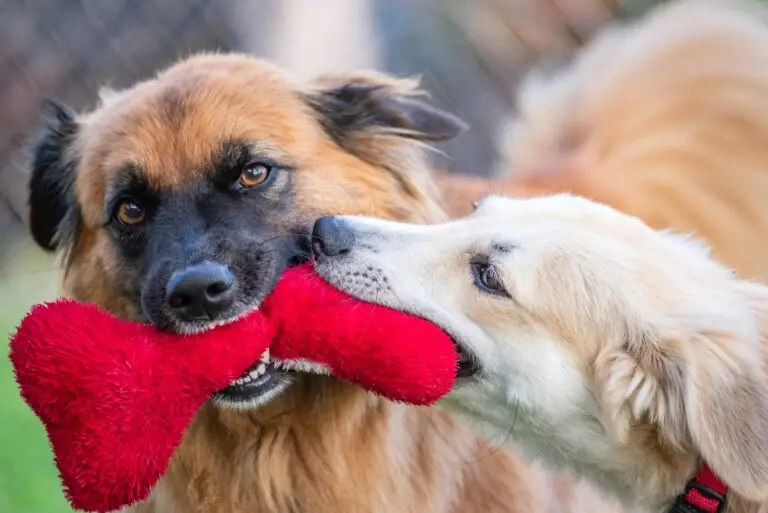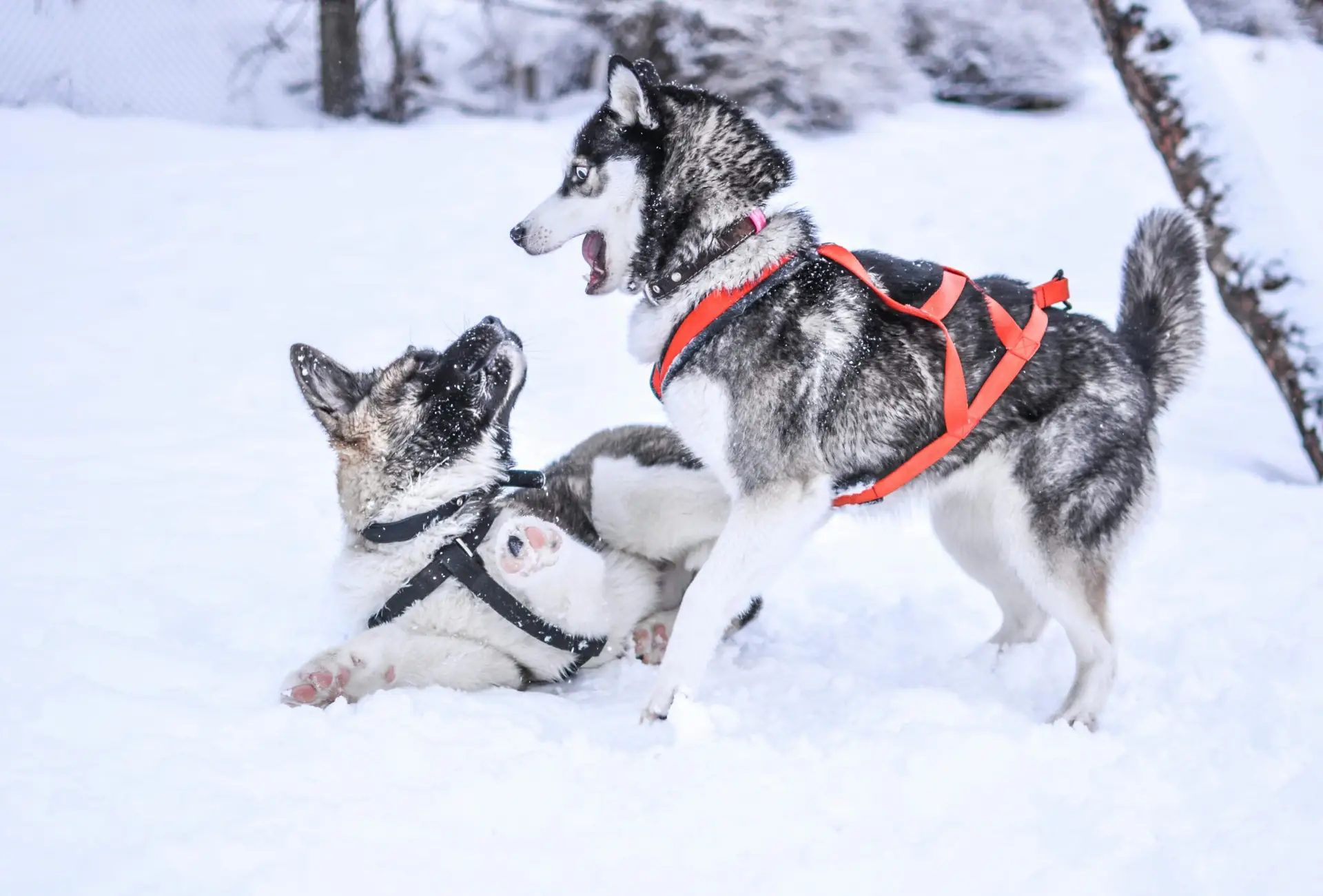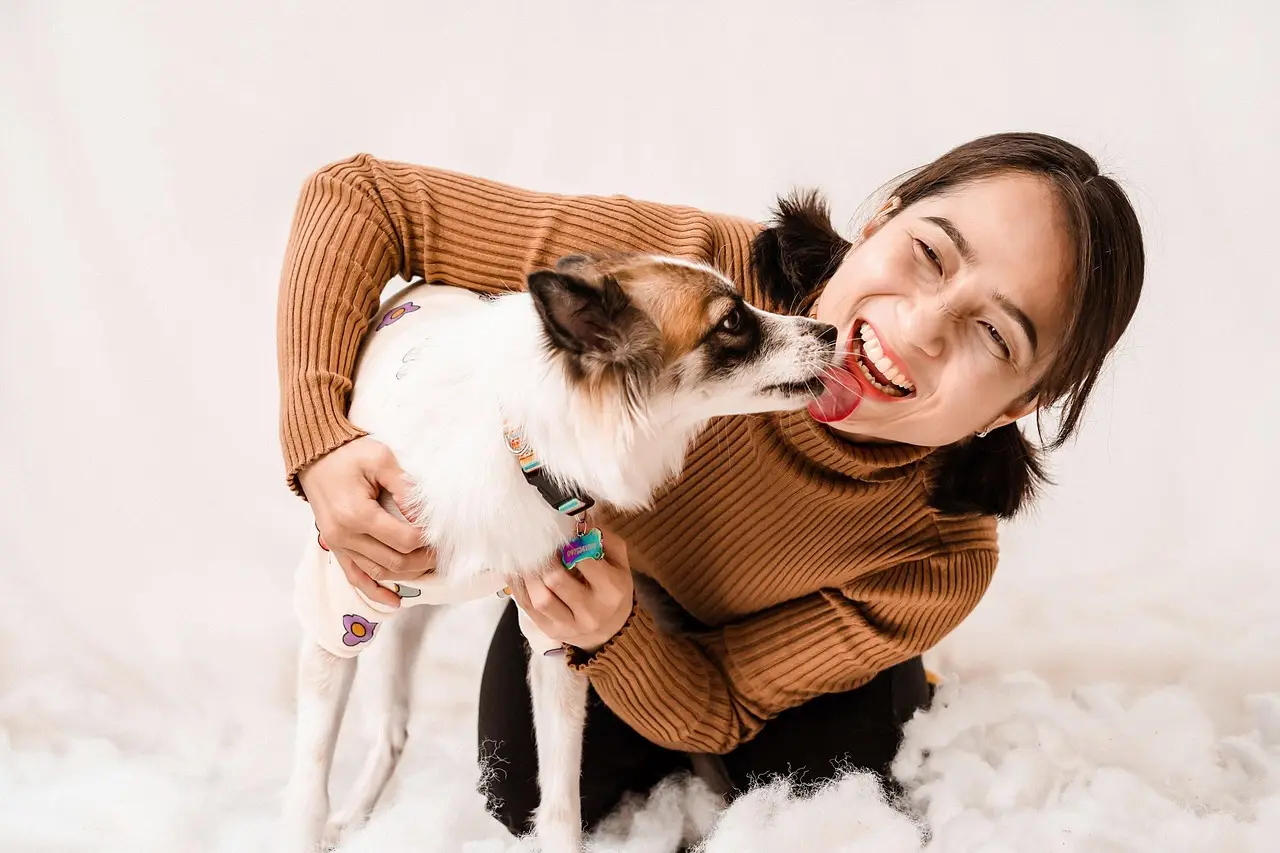Bringing What I Wish I Knew Before Getting a Second Dog? a dog into your life is a deeply rewarding experience. The unconditional love, the playful energy, and the loyal companionship are unlike anything else. So, naturally, the thought of doubling that joy by getting a second dog can be incredibly appealing. I, too, fell under this spell. However, looking back, there are definitely things I wish I had known before taking the plunge and welcoming a second furry friend into our home.
This isn’t to say that getting a second dog was a mistake – far from it! The dynamic in our household is now richer and more vibrant than I could have imagined. But the transition wasn’t always smooth, and there were definitely moments of “if only I had known…”
If you’re contemplating expanding your canine family, learning from my experiences might just save you some headaches and ensure a happier integration for everyone involved.

The Myth of Instant Best Friends
What I Wish I Knew Before Getting a Second Dog? One of the biggest misconceptions I had was that my first dog would automatically love having a companion. While some dogs do bond instantly, this isn’t always the case. My first dog, a rather independent terrier mix, wasn’t exactly thrilled with the arrival of a boisterous young Labrador. There was an initial period of adjustment, marked by some grumbling, resource guarding (which I hadn’t anticipated), and a general air of disapproval.
What I Wish I Knew:
- Individual Personalities Matter: Just like humans, dogs have distinct personalities. A laid-back dog might be overwhelmed by a high-energy puppy, and a more anxious dog might feel threatened by a new presence.
- Don’t Force Interactions: Allow your dogs to get to know each other at their own pace. Supervised, short interactions are key in the beginning.
- Separate Spaces are Crucial: Ensure both dogs have their own safe havens – their own beds, crates, and feeding areas – where they can retreat and feel secure.
The Training Curve Just Got Steeper
I naively assumed that having a well-trained first dog would make training the second one a breeze. While my older dog certainly set a good example in some ways, training two dogs simultaneously presents its own unique challenges.
What I Wish I Knew:
- Individual Training Needs: Each dog learns at their own pace and may require different training methods. What worked for your first dog might not work for the second.
- Time Commitment Doubles (at least!): You’ll need dedicated one-on-one training time with each dog, as well as time for training them together. This requires significant time and patience.
- Potential for Regression: Introducing a new dog can sometimes cause your first dog to regress in their training as they adjust to the new dynamic. Be prepared to reinforce previously learned commands.
Resource Guarding: A Surprise Challenge
Resource guarding – when a dog becomes possessive of food, toys, or even their owner – was something I hadn’t really dealt with before getting a second dog. Suddenly, meal times became a carefully orchestrated affair, and certain toys were potential sources of conflict.
What I Wish I Knew:
- Identify Potential Triggers Early: Observe your dogs closely for any signs of resource guarding, such as stiffening, growling, or snapping.
- Manage Resources Carefully: Feed dogs separately and pick up high-value toys when they are unsupervised.
- Positive Reinforcement is Key: Work with a qualified trainer to address resource guarding using positive reinforcement techniques. Punishment can worsen the behavior.
The Financial Implications Multiply
This might seem obvious, but the financial responsibility of owning two dogs is significantly higher than owning one.
What I Wish I Knew:
- Double the Basics: Food, vet bills, toys, bedding – everything essentially doubles. Be sure your budget can comfortably accommodate these increased expenses.
- Potential for More Frequent Vet Visits: With two dogs, there’s a higher chance of unexpected vet visits, whether due to illness or injuries from playing.
- Grooming Costs: If your dogs require professional grooming, this cost will also double.
The Unforeseen Joys of a Multi-Dog Household
What I Wish I Knew Before Getting a Second Dog? Despite the challenges, the rewards of having two dogs are immense. Witnessing their playful interactions, their comforting cuddles, and the unique bond they develop is truly heartwarming. My first dog, after the initial adjustment, now enjoys having a built-in playmate and someone to snuggle with. The house is filled with more laughter, more energy, and double the love.
What I Wish I Knew (the good stuff!):
- Companionship for Both You and Your First Dog: While they might not become instant best friends, they will provide each other with company, especially when you’re not around.
- Increased Playfulness and Exercise: Having a playmate encourages more activity and keeps both dogs mentally and physically stimulated.
- Double the Love and Affection: There’s nothing quite like being greeted by two wagging tails and receiving double the cuddles.
Conclusion: Was It Worth It? Absolutely.
Getting a second dog was a significant adjustment, and there were definitely things I wish I had been more prepared for. However, the joy and companionship that our second dog has brought into our lives are immeasurable. By understanding the potential challenges and preparing accordingly, you can significantly increase the chances of a smooth and happy transition for both you and your furry family. So, do your research, be honest about your resources and lifestyle, and get ready for double the love – and maybe a little double the chaos!








